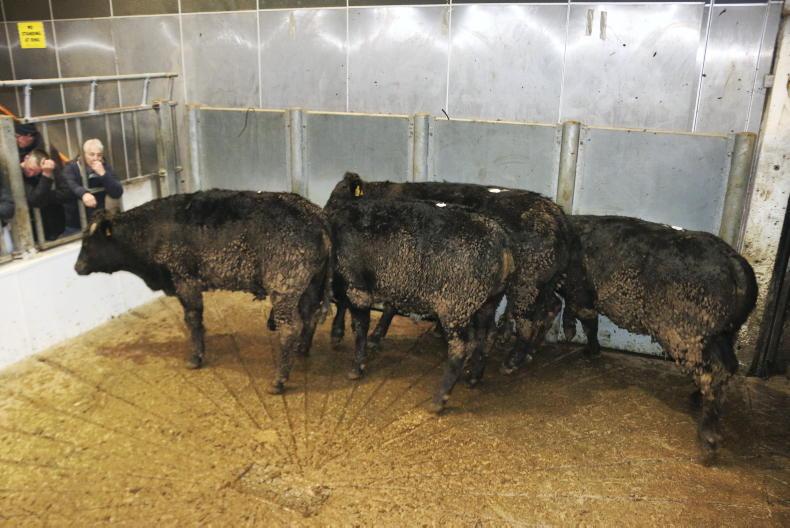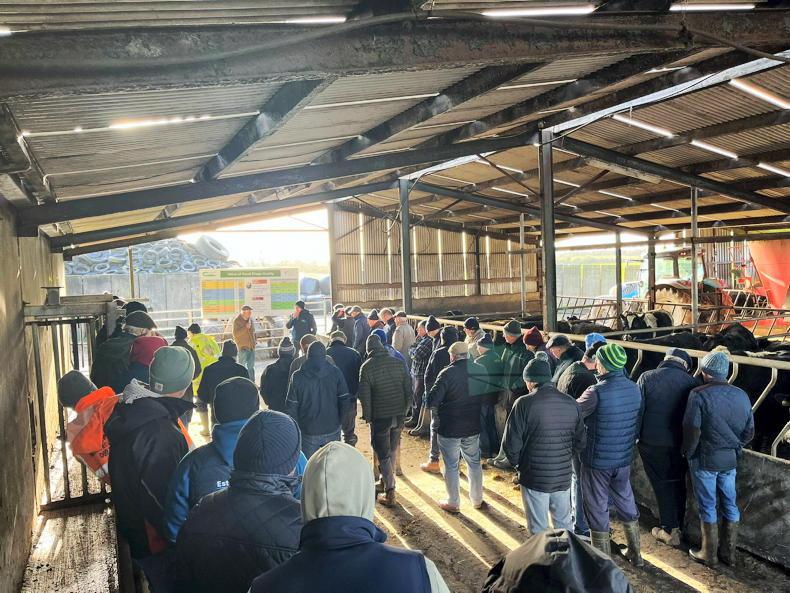When talking about the economics of dairy-beef systems, we have decided to talk on a per-head basis. This is because there is such a variation of systems and stocking rates being operated across the country it is hard to compare a margin/ha in south Tipperary with one in west Mayo.
At least on a per-head basis, farmers can interpret the figures and then apply them to their own farms.
Net margins range from €86/head to €142/head and so on a per-hectare run from €301/ha to €497/ha on the Thrive demo farm for 2021 excluding all support payments.
The two biggest factors that affect profitability of dairy-beef systems are purchase price and sale price. While there is little control over sale price, farmers need to do their best to manage purchase price and work within a budget that they know they can operate at.
Over the last three years, the trend has been the same when it comes to the system financials. Each year, the early-maturing systems have been more profitable than the late-maturing systems. Within breed type, steer systems have slightly outperformed the heifer systems in two of the last three years.
Perhaps in a system where we are aiming for a slaughter age of between 18 and 22 months, it comes as no surprise that it is more suited to early-maturing animals that tend to be easier finished off grass.
Maybe the system we have employed on the demonstration farm is slightly unfair on the late maturing-type animals as they are being drafted for slaughter with some of their potential being left behind. But, the reason employing the current system comes down to the overall economics on the farm.
Slaughtering at the end of the second grazing season allows the farm to operate at a higher stocking rate as there is no requirement for housing for a second winter period.
Heifers
What is working for the early-maturing heifer breeds is primarily calf price, plus the fact that they are easily fleshed and have a very low lifetime concentrate input cost. However, on a negative side, 16% of heifers took a beef price penalty for either conformation or fat score. This issue was primarily with early-maturing heifers.
The average grade of the Angus and Hereford heifers was just below an O= while in terms of carcase fat score the average grade was 4- at an average carcase weight of 263kg at just over 19 months of age at slaughter.
Compare this to the late-maturing breeds of Limousin and Belgian Blue. They graded just below an R- on average at a carcase fat score of 3+ at an average carcase weight of 283kg at just over 20 months old at slaughter.
If we could eliminate the bottom 10% to 15% of calves, it would have a major effect on the overall profitability of the system in place on the farm.
Bullocks
Just over 50% of the bullocks were drafted off grass last year, while the remainder were housed for just three weeks pre-slaughter. Again, we are seeing more of the early-maturing type animals being drafted off grass.
What works in the bullocks favour compared to the heifers is a better weight for age.
However, they do take slightly more concentrate to get them over the line.
At a net margin of €142/head, Angus and Hereford bullocks left the most money, as we have seen in two of the three previous years.
Hitting carcase specification is less of an issue for bullocks with only 7% failing to maximise the in-spec bonus payment of €20c/kg.
However, it was all early maturing-types that did receive a price deduction.










SHARING OPTIONS